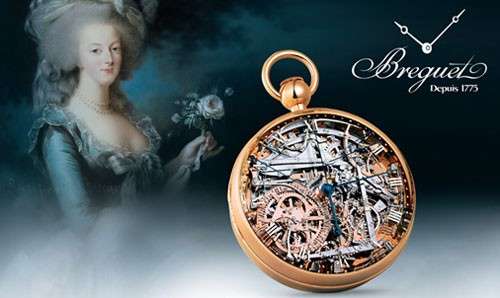Table of Contents
On Friday, April 15, 1983, a small Simca 1000 sedan drove through a posh neighborhood near the Israeli president’s home. The L. A. Mayer Museum for Islamic Art is a pale, three-story structure that is in front of the Simca as it travels along HaPalmach Street. This is how story was begin. Continue reading…
The L. A. Mayer Museum for Islamic Art was known for its collection of Islamic artifacts, but it also had a number of valuable watches, a variety of pocket clocks, and other mechanical items of such high quality that many academics thought of it as the “mother lode” of horology.

A valuable gold pocket watch designed for Marie Antoinette by renowned Swiss watchmaker Abraham-Louis Breguet. When it was ordered in 1783, no one had ever created a watch as intricate and gorgeous as this one. Few artists in the centuries that followed had ever reached this level of artistry. The Queen was the name of the watch.
After parking, the driver went up to a large iron gate. He leisurely brushed his hand over the metal while listening and scanning the area for guards or onlookers. He had brown hair, a sharp, angular face, and was whippet thin. He had trained himself for months to work silently and fast in order to be ready for this time.
The man reached into his car’s trunk and removed a hydraulic jack after making sure no one was nearby. He wedged the jack between the metal bars and started to turn them apart enough for him to squeeze through.
He ascended the building’s side about 10 feet using a rope ladder and hooks, passing through an 18-inch-tall window that he had opened with a screwdriver. Over the course of the evening, he would steal priceless works of art and more than half the watch collection, including Marie Antoinette’s fabled Queen Gold Watch.
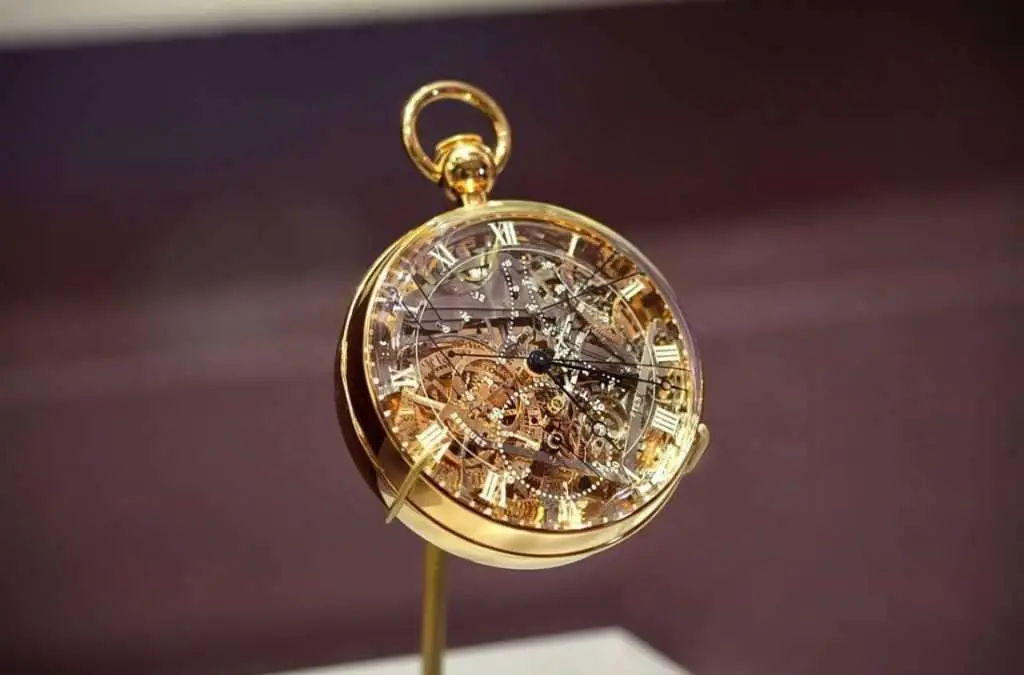
The trim thief took the final watch from the museum into his car at about 10:30 am on April 16, 1983, then he slipped behind the wheel, turned the ignition, and disappeared into the Jerusalem night, leaving only a mystery in his wake.
The real extent of the theft was only revealed after the incident when the assessors added up all of the damages. The collection was valued at about $700,000 for insurance purposes, but the timepieces were all unique.
In a desperate attempt to find the Queen, the estate of the museum’s creator recruited Samuel Nahmias as a detective. Nahmias was the ideal candidate for the job. a former Israeli army intelligence officer turned private investigator
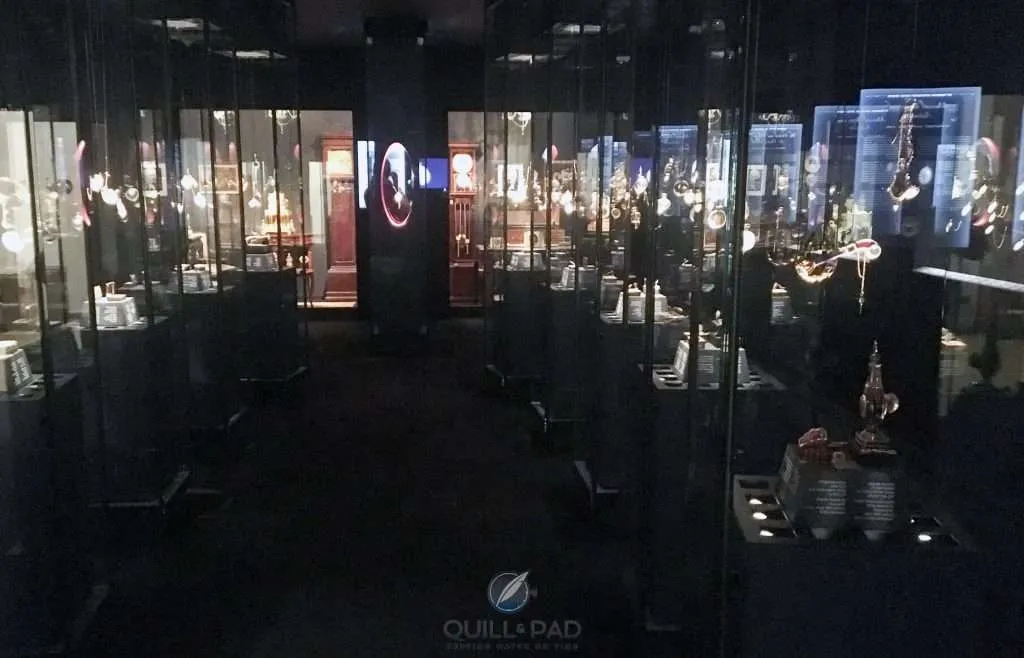
Nahmias’ standard strategy was to start with a suspect’s immediate family, close friends, and lovers in the hopes that someone would have witnessed the theft and would give in to pressure and report the offender.
However, there was no reliable suspect in this instance. In order to find out if someone had collaborated with the burglar, Nahmias searched auction houses and kept track of antiques merchants and collectors from Tel Aviv to Moscow. In response to rumors that the watches had appeared, he repeatedly dispatched associates to Switzerland. But every lead came to a halt.
For sale on the open market, the timepieces themselves were too well-known. Most of them, including the Queen, were made by Breguet in the late 1700s and early 1800s.
Legacy of the Marie Antoinette’s Watch “Queen“
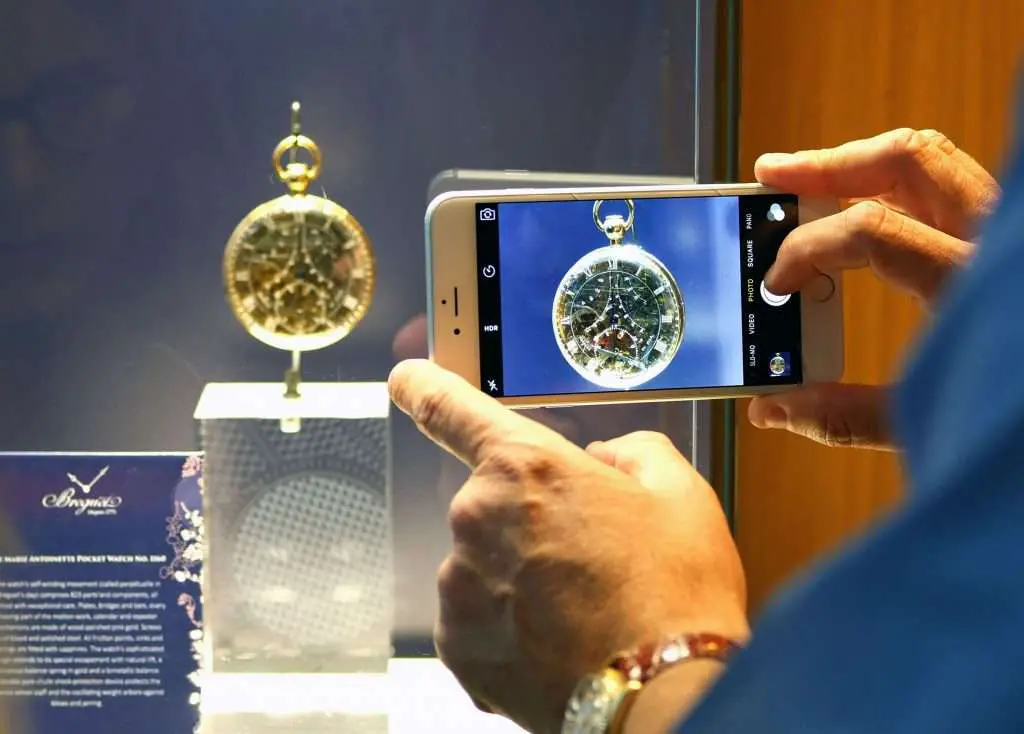
According to Breguet’s records, the watch was ordered for Marie Antoinette purportedly by the man reputed to be her boyfriend, Count Hans Axel von Fersen, and it was intended to include every feature imaginable. Brass had to be replaced whenever possible with gold. Price and manufacturing time were not constrained. The order omitted the commissioner’s name.
It ultimately took 44 years to build the watch. The guy who most likely ordered the watch and its intended user died in the meantime as a result of the French Revolution and the subsequent instability throughout Europe. (Marie Antoinette was executed by the guillotine, of course. (17 years after her passing, an enraged mob killed von Fersen in a Stockholm square after concluding that he had planned to assassinate Sweden’s future monarch.)
In September 1823, Breguet passed away. The masterpiece was completed in 1827 by his son, a gifted horologer in his own right. It first traveled in the coat pockets of a French aristocrat before ending up in Sir David Lionel Salomons’ collection. Sir David Lionel Salomons was a British polymath who also made the first motor displays and invented soap that floats.
Vera Salomons, a globetrotting nurse who moved to Jerusalem after World War I and eventually used her father’s money to create the museum and to keep his collection of watches received Salomons’ watch collection as a bequest.
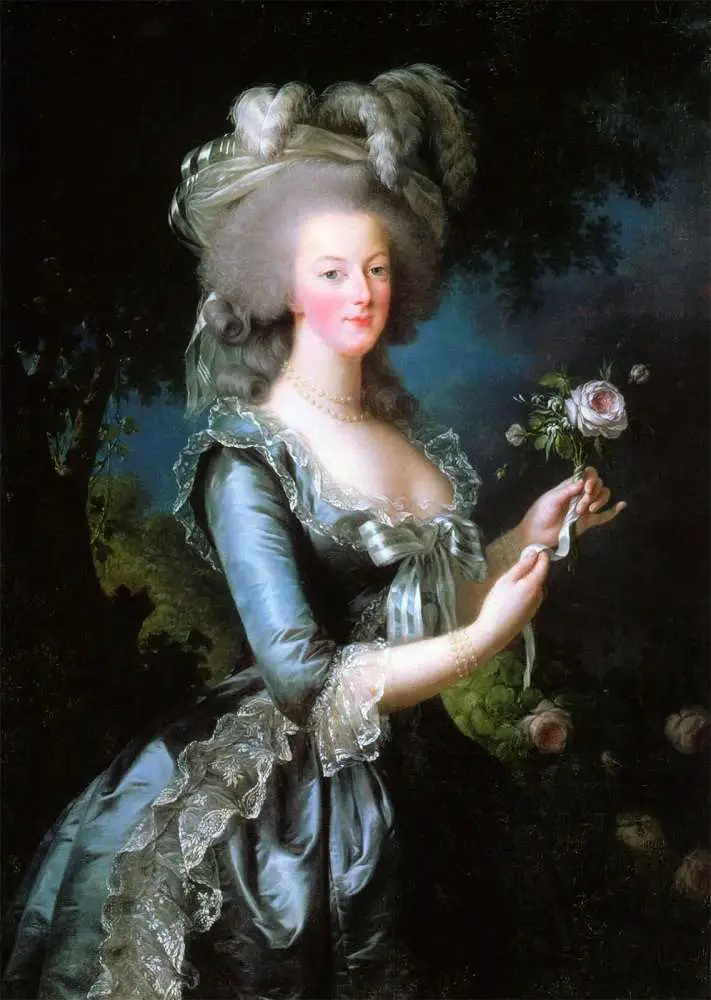
Breguet’s talent as a watchmaker and designer contributed to the significance of his creations. His creations have perfect faces, delicate hands with apple-shaped tips, and movements that appear as complex as a computer circuit.
The Queen was both seductively beautiful and incredibly intricate it contained all the characteristics of a cathedral clock in the size of a pocket watch. Breguet even created a crystal front that was clear enough for the owner to see the gears turning underneath.
The Queen was encased in gold by Breguet. It had a full perpetual calendar, an independent second hand that could be stopped or started at will, and a jumping hour hand that flicked from hour to hour rather than steadily revolving across the face. Even a metallic thermometer and a time-chimes mechanism were built into the watch. Friction was decreased by using sapphires.
The investigation continues.
However, the stunning watch disappeared, and the investigation was fruitless. After inviting convicted burglars who had information about the case for questioning, Nahmias would leave them in his lovely garden for a short while.
The thieves were unaware that Nahmias had bugged his yard with tiny mics connected to a recorder in the hopes that they might say something when he wasn’t around to hear it. He put a lot of effort into it, but his creativity and efforts were in vain. It was a good move to invite convicted robbers, but it could backfire because inmates would tell lies to meet with Nahmias.
After some time, Nahmias relocated. The path was chilly. After the heist, the police hunted everywhere for potential suspects, including the criminal underworld, and Nahmias personally checked off lead after lead without success. Even museum employees who were initially thought to have been involved in the heist had no trouble passing the lie detector exam. The museum is gradually making a comeback.
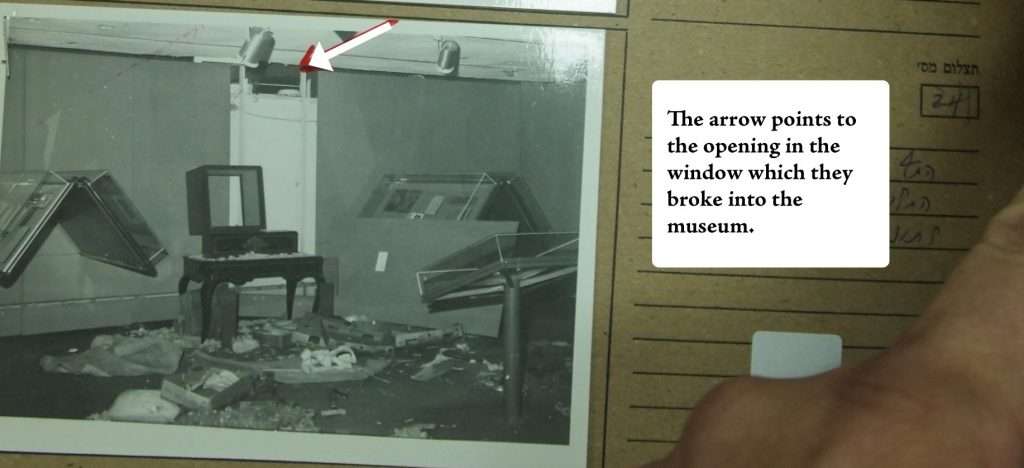
Over 20 years after the theft
Hila Efron-Gabai, who was visibly pregnant, called Zion Yakubov’s tiny Tel Aviv antiques shop in August 2006. A lawyer by profession, Efron-Gabai asked Yakubov to assess a few things for her.
A US-based woman had engaged her earlier that month over the phone to assist in returning some items to the L.A. Mayer Museum. The only requirement from the client was that the transaction remain discreet. The American woman informed the attorney that she now had a few boxes of clocks and watches that her late husband had once owned. She told me that the crates were now hidden in Tel Aviv.
The clocks belonged to the Mayer Museum, and her husband had stolen them twenty years ago. Her husband had only revealed the existence of the boxes to her toward the end of his life, while he was fighting illness.
The client claimed that while visiting Israel, she had really seen the items in question and was aware of both their beauty and their lack of ownership. The client responded, “Whatever happens, these things have to go back to the museum.”
She asked Efron-Gabai to look after them and to assist her in giving them back to their proper owner. Soon later, Yakubov visited the jewels that Efron-Gabai had acquired with the aid of her client at her Tel Aviv legal office. Yakubov examined the beautiful artifacts and realized right away their worth: the shining Queen was lying there, wrapped in faded newsprint like a forgotten trinket from a garage sale.
With Yakubov’s study in hand, Efron-Gabai approached Eli Kahan, chair of the museum board, as well as Rachel Hasson, artistic director of the museum. The two went to the lawyer’s office and quietly started going through the ancient boxes that contained some of the finest jewels in the field of horology.
I opened them and used their serial numbers to identify them. Most were in decent condition. In 2009, Hasson told a reporter that “some were injured.” ” I was unable to stop crying when I arrived at the Marie Antoinette. It was amazing to see it again after all these years.
To get home to Jerusalem, Hasson and Kahan hailed a cab. Kahan was too terrified to operate the vehicle while carrying valuables. But despite their excitement, they were confused about what to do next. After signing a nondisclosure agreement with the lawyer, they swore not to tell anyone how the money came back.
The museum got an insurance payout when they thought the treasures were lost for good, so they were very worried about putting the pieces on display again.
The watches were delivered home in August and remained hidden at the museum until November of the following year, when news of a sizable find at the L. A. Mayer Museum spread among the press and police. For as long as it could, the museum kept the discovery a secret. Someone then spoke.
The Queen’s return is widely publicized.
The Russian Compound, a historic neighborhood, is home to the Jerusalem Police’s Central Investigation Unit. It is located north of Jaffa Road. On November 11, 2007, officers were just getting ready for the day when they noticed the headline in the Israeli newspaper Haaretz, “Hickory, Dickory, Dock: Stolen Museum Loot Found.” The return of the Queen was the subject of the 790-word narrative.
In Israel, no one had given the timepieces a second thought in more than two decades.Nahmias had left, and the Israeli police had put the unsolved case into their records. The watch was found, but it wasn’t clear who had taken it in the first place, so the authorities knew they had to keep looking.
The initial search had been carried out in 1983 by the Central Investigation Unit, which investigated homicides and significant thefts. Oded Shamah and Oded Janiv, two junior detectives, were now assigned to the investigation by the unit. They started putting the 24-year-old puzzle together with a team that included two female detectives, Revital Zaraf and Na’ama Mai, as well as a strong Russian-Israeli investigator named Ely Zarkov.
The group met with Rachel Hasson, the creative director of the museum. They carefully examined the discussions that resulted in the return of the items. Hasson was very quiet and said that she had promised to keep the attorney and her client’s identity secret.
Although Yakubov didn’t know much either, the team was able to locate the storage facility where the watches were stored thanks to the information he was able to provide to the police. The police in Ramla found a document inside the warehouse with the name of a woman from Los Angeles: Nili Shamrat.
Shamrat’s name didn’t appear anywhere in the police files. However, Mai did discover a record of her union with a prominent burglar. The death of Na’aman Diller, a burglar who peacefully lived in Tel Aviv at the end of his life, was described in a May 2004 Haaretz article with the heading “Eagle’s Wings Clipped.”
The story stated that “Diller’s 59-year-old wife, Nili Shamrat—who traveled from the United States,” tearfully eulogized him,” the story stated above the photo of Diller, a thin guy with a buzz cut laying on a hospital bed.
The thief had been located by the police.
Na’aman Diller was Israel’s version of Robin Hood in the 1960s and 1970s. The reclusive criminal, a disgraced air force pilot, was a habitual offender who specialized in forgery and break-ins. He possessed a variety of peculiar techniques that would become his trademark, including the ability to scale walls and squeeze through tiny windows. He made up fake exit documents to make it look like he was abroad when the museum break-in happened. This was a foolproof way to explain why he wasn’t there.
The 1967 bank robbery in Tel Aviv was Diller’s most well-known theft. Five months prior to the operation, he started getting ready by digging a tunnel to the back of the bank while pretending to be an engineer to the bank’s neighbors. After taking a lengthy hiatus so that he could take part in the Six-Day War, he buried a 300-foot piece of pipe along the trench and then covered it. He finished his excavation and placed a van with oxygen cylinders at the end of his pipeline.
He entered the bank using a small cutting torch that was supplied with oxygen by the pipe. He may avoid having to drag heavy gas tanks across an open field in this manner. He then burned through the bank vault over the course of a few days, opening each safe deposit box one by one.
He collected as much treasure as he could, took it home, showered, and then went back for more. He was finally apprehended after, after spending hours cracking safes, he became frustrated and began beating on a safe door. He was so loud that a neighboring homeowner dialed 911.
How the Queen Was Stolen (Illustration: Steve Sanford)




Life Story of the Diller and Shamrat

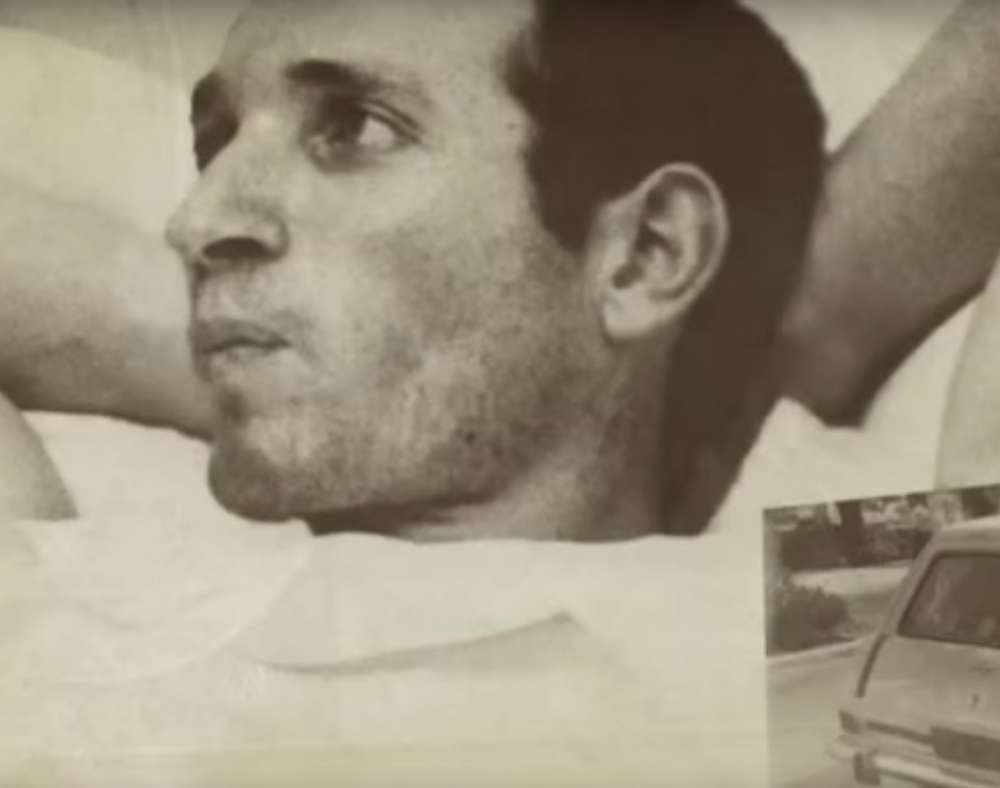
In the 1960s, Diller and Shamrat met. They finally drifted apart. Shamrat relocated to the US and married a different person. But Diller and Shamrat got back together after a long break in the 1980s. After he was diagnosed with cancer, they got married in Jerusalem on April 15, 2003.
Coincidentally, it was also the twentieth anniversary of the L. A. Mayer theft. Soon after the wedding, Shamrat had to return to the US for business, but they continued to communicate by phone. He did things that were definitely against the law, but overall, she says, he was a very admirable person.
Diller passed away from cancer in May 2004, but not before Shamrat paid him a final visit in Tel Aviv and the two of them stored some of the stolen goods in a safe. The unsolved theft of the Queen, a timepiece masterpiece that was once worn by nobles, was Diller’s hidden masterpiece for a long time.
The Queen, a $30 million work of art, is being displayed in a secure container in the L.A. Mayer museum’s basement. Thanks to a cunning burglar who is long gone but yet remembered, the watch is now securely fastened. Under the museum-quality LED lighting, the Queen shines and is polished. It’s a tribute to Marie Antoinette, who liked the person who wore it, and to the brilliant watchmaker who put their love into crystal, gold, and gears that keep turning.
Source: Wikipedia, Forbes | All the information & photo credit goes to respective authorities. DM for removal please.
